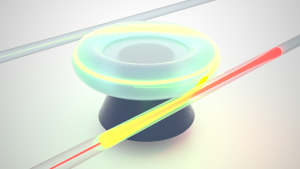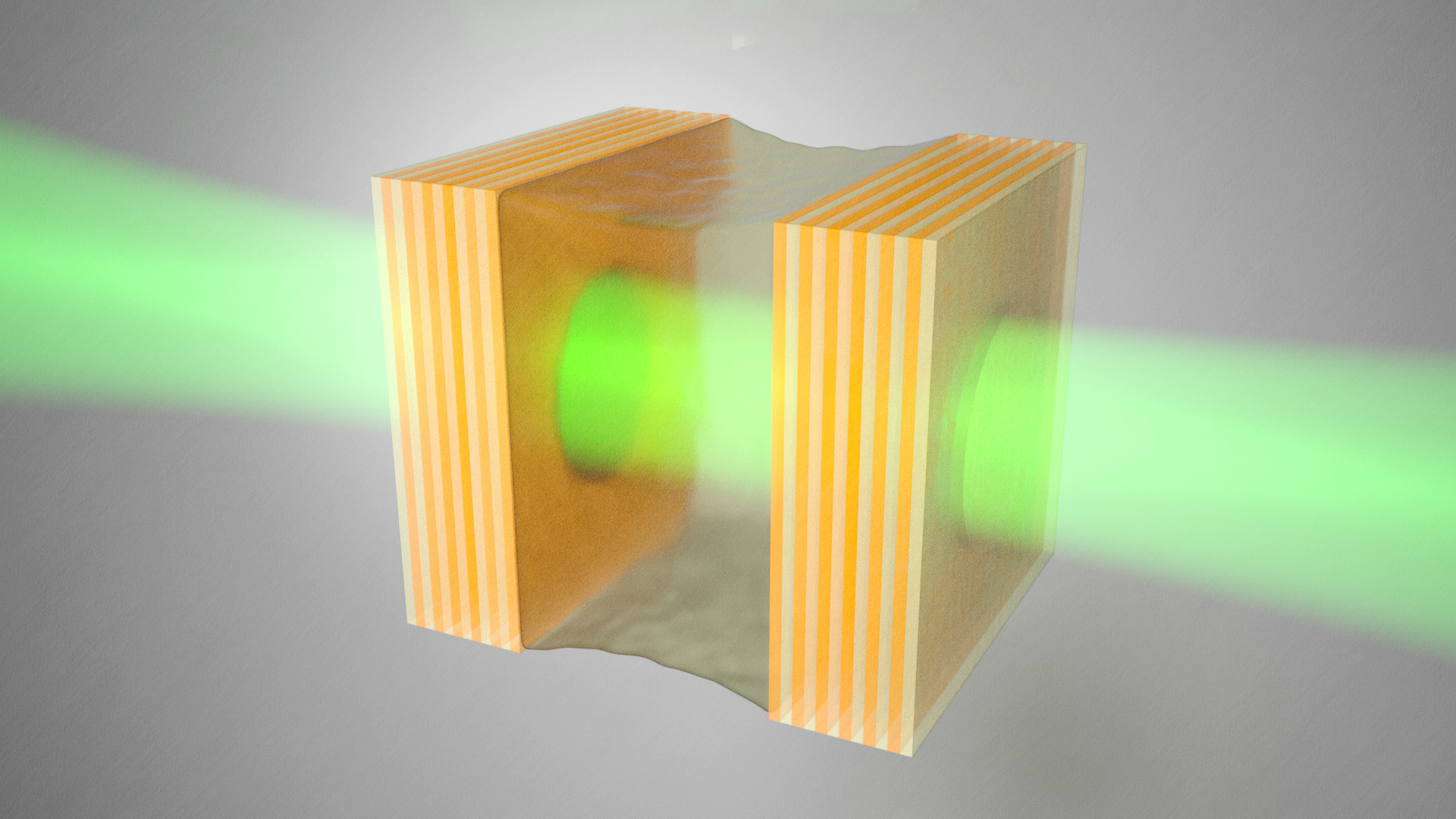Nanophotonics

Example scientific questions are:
- How can photonic metamaterials process information in a massively parallel fashion?
- How can photons be transduced to material degrees of freedom and vice versa, with ultimate efficiency and quantum coherence?
- How can strong light-matter coupling enable frictionless energy flow, like superfluid light or superconducting materials?
- What advances can topological protection and nonreciprocity give to the on-chip routing of light?
- What are the fundamental limits to optical sensor performance, and how can we evade these to enhance classical and quantum sensing?
- How are material structure and optical response correlated, and can we probe these correlations at the single-atom and femtosecond scale?

These research directions are foundational to both the Information in Matter and Sustainable Energy Materials themes. They engage key challenges in quantum technology, energy-efficient communication (‘green ICT’), sensing and metrology, novel computing paradigms, and advanced instrumentation.


